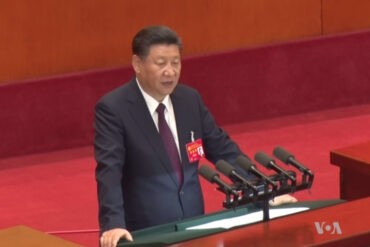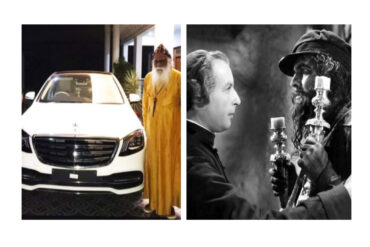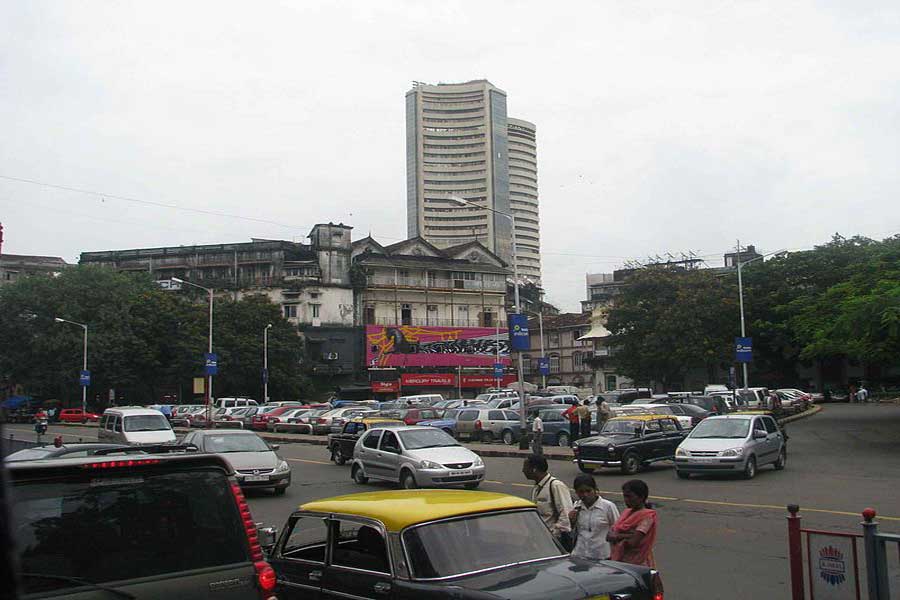The rise of the Mandal parties has commonly been traced to their promise of politically empowering the hitherto marginalized; and their declining fortunes, to challenges in engaging with the next level of empowerment—economic—their core constituencies sought.
Once the increased political space failed to translate into material improvements in quality of life, voter disillusionment grew, amidst rising aspirations and a sense of having been taken for granted. The Bharatiya Janata Party (BJP) seized the opportunity, harvesting it electorally—beginning with the watershed parliamentary elections of 2014.
The impressive repeat endorsement the BJP-led National Democratic Alliance (NDA) received in the 2019 parliamentary elections may have taken some bite off the criticism leveled against it for its economic performance during its first term, but credible evidence of an economic slowdown is now mounting. It has, once again, brought the government’s ability to manage the economy into the spotlight.
In this backdrop, it is tempting to think that the BJP may be headed the way of the Mandal parties if the slide remains unchecked. Could the electorate, once its appetite for a stronger identity is whetted or once it sinks in that muscular assertions, however appealing, cannot ensure better lives, food in the stomach, and money in the wallet, turn away—as it did with the Mandal parties?
It could happen, but it may not happen any time soon—for several reasons.
First, the BJP’s appeal to identity has been crafted in the name of Hindutva and Nationalism, arguably more potent mobilization propositions today than caste, given the divisive connotations caste has come to be systematically imbued with over the years. This is not to suggest that caste doesn’t remain salient to the reality of everyday life and politics, or that the caste equations do not need reset, but to merely acknowledge that the Hindutva Nationalism narrative has acquired popular resonance for its supposedly nation-unifying impulses.
This makes any challenge to the Hindutva Nationalism narrative fraught with risks of attracting ugly labels, as many an opposition leader and independent voice has discovered. Or it nudges the opposition to either accept the narrative and join the bandwagon or indeed join the BJP ranks. In each of these scenarios, the BJP-owned narrative gains currency, entrenching it and the party further.
Second, the disillusionment with identity-based appeals creeps in slowly. The Mandal parties did not wake up one morning to find their political capital depleted. It was shed slowly, with many an unhappy voter persisting with their support because voting for other parties could risk losing access, however tenuous, even illusory, to power that their preferred parties offered. It is for these very reasons that those impressed with the BJP’s Hindutva and nationalist credentials will not ditch the party in a hurry.
Third, the mainstream media, which played a critical role in cementing perceptions of the so-called Jungle Raj the Mandal parties had unleashed, is less likely to play that problem amplification and interrogatory role against the BJP. On the contrary, there are enough indications to suggest that it is under-playing the economic slowdown—portraying it as a manifestation of a serious, long-festering malady, eulogizing the kneejerk government responses to it, sandwiching the slowdown story between stories that speak of the government’s successes in delivering muscular governance and targeted welfare schemes.
No less effectively, the BJP’s sizeable social media apparatus is taking the same route. Overall then, the BJP eco-system is better equipped to put a lid on the bad news and continue spinning positive and distracting headlines than the Mandal eco-system ever was.
Fourth and most important perhaps, there is the issue of whether the opposition has the wherewithal to mount a challenge. It took Narendra Modi’s political savvy and his vikas-laced appeal in the name of Hindutva and Nationalism to capitalize on the simmering disillusionment against Mandal parties. In the process, he ticked two boxes. He tapped the popular disgruntlement on economic grounds and offered connect to a larger counter-identity, of ‘Hindu’ and Indian. It was a neat, catch-many pitch.
Presently, the economic stress and unaddressed aspirations do make for effective rallying points to launch an effective counter-narrative—which is exactly what Modi did with his clever Gujarat Model pitch during the fag end of the Manmohan Singh years. The hitch? People’s memories of the Congress and the Mandal parties’ years in power are more than tinged with disappointment.
For the opposition then, much will depend on how soon the electorate’s forgiveness comes. If the government ends up presiding over a crisis against which past disappointments pale, the wait may not take too long. On the other hand, if the government applies itself and delivers on its development promises, the opposition’s stint in the political wilderness will stretch.







